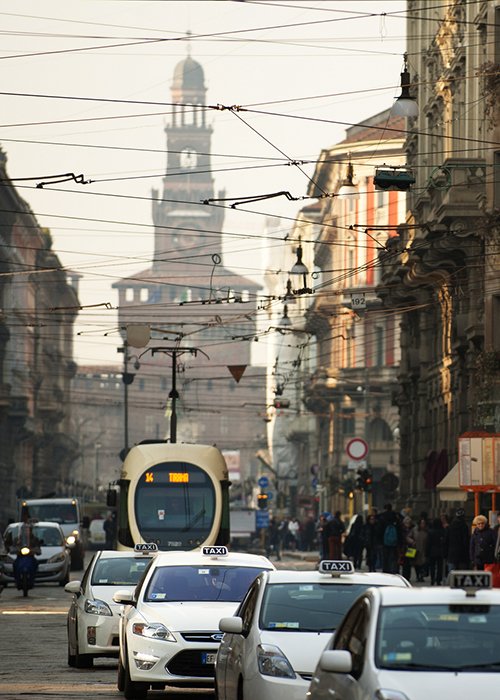Legambiente recently published Ecosistema Urbano 2023, a report prepared in cooperation with Ambiente Italia and Il Sole 24 ORE on the environmental performance of 105 Italian municipalities analysed according to 19 indicators across six thematic areas: air, water, waste, mobility, urban environment and energy. The report, now in its 30th edition, takes stock of the data collected in recent years, highlighting that the urban emergencies, despite slight improvements, remain more or less the same: smog, private cars, poor public transport, water waste.
Trento leads the ranking for environmental performance in Italy, followed by Mantua and Pordenone. Overall, the top ten list is dominated by cities in the North-East of the country. The top city in the South of Italy is Cosenza, in 7th place, and behind it Cagliari, in 16th place and Oristano, in 22nd place. Big cities are very far from the top of the list: Venice, 11th place, and Bologna, 23rd, are the first we encounter as we scroll down the list, but we have to go down to 42nd place to find Milan, 53rd place for Florence, 58th for Genoa and a rather miserable 89th place for Rome. At the bottom of the list are Caltanissetta (103rd), along with Catania and Palermo (both 105th). There are 19 parameters that determine the environmental performance ranking of municipalities in Ecosistema Urbano 2023 with a theoretical maximum score of 100 points, constructed case by case on the basis of sustainability objectives. The scores assigned to each indicator determine the sustainability rating of the actual city in comparison to an ideal city. This ideal city is not excessively utopian, as evidenced by at least one capital city achieving the maximum points for each of the considered indices.
Legambiente takes stock of the situation and declares that over the past three decades the sustainable growth of cities has been slowed by isolated interventions that have prevented the necessary acceleration in urban development. Alongside slow and progressive improvements such as the increase in the percentage of separate waste collection (from 4.4% on average in 1994 to 62.7% in 2022, but only in some provincial capitals) and of bicycle lanes (from an average of 0.16m equivalent/100 inhabitants in 1998 to an average of 10.59m equivalent/100 inhabitants in 2022), there have been several halts and delays in the past 30 years. There was no improvement, for example, in the average motorisation rate of Italy's provincial capital cities, which remains at one of the highest levels in Europe, just as it was thirty years ago: 66.6 cars per 100 inhabitants; overall waste production has risen (from a per capita average of 455 kg/year in 1994 to 516 kg/year in 2022), and public transport is still far behind European average levels, from 97 journeys per capita per year in 1995 to 65 journeys per capita per year in 2022).





